The natural world is a theater of survival, with apex predators playing a starring role. These incredible creatures sit atop their respective ecosystems, showcasing unmatched hunting skills, strength, and adaptability.
This article delves into the ultimate list of apex predators, exploring their fascinating characteristics, roles in nature, and the delicate balance they maintain in their habitats.
What is an Apex Predator?
An apex predator is a species that has no natural predators within its ecosystem. These creatures exert significant control over their environment, shaping populations and ensuring ecological balance.
Apex predators are found in diverse habitats, from deep oceans to dense jungles, and each species has unique adaptations that make them dominant hunters.
Iconic Apex Predators Across Ecosystems
1. The Lion (Panthera leo): King of the Savannah
- Habitat: African savannas, grasslands, and open woodlands.
- Diet: Antelope, zebras, wildebeest, and other large herbivores.
- Hunting Strategy: Lions rely on teamwork, with females leading coordinated hunts.
- Role in Ecosystem: Lions regulate herbivore populations, preventing overgrazing and preserving vegetation.
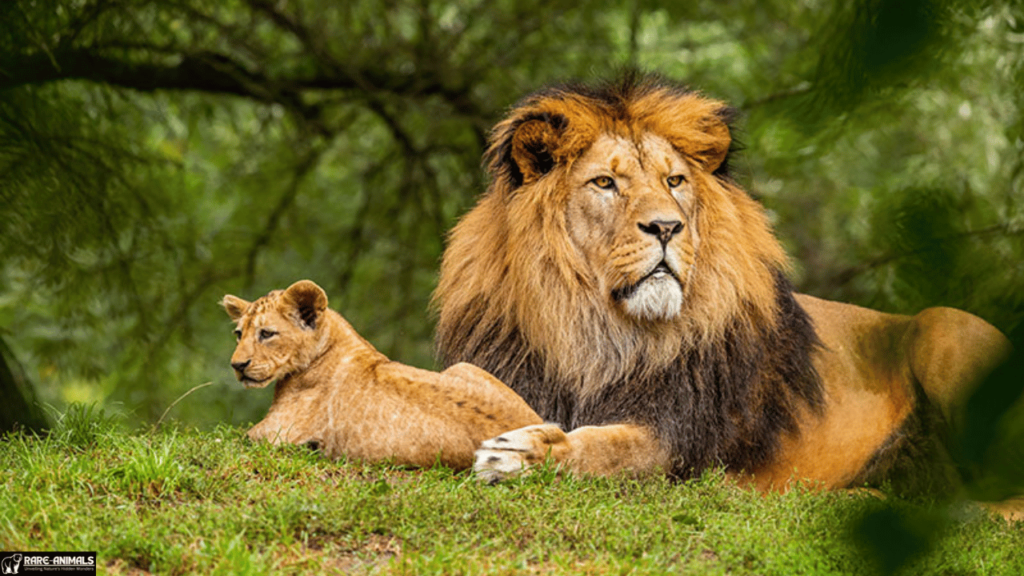
2. The Great White Shark (Carcharodon carcharias): Ruler of the Seas
- Habitat: Coastal and open ocean waters worldwide.
- Diet: Seals, sea lions, fish, and even small whales.
- Hunting Strategy: Ambush predator, using speed and surprise to capture prey.
- Role in Ecosystem: Controls marine populations and maintains healthy fish stocks.
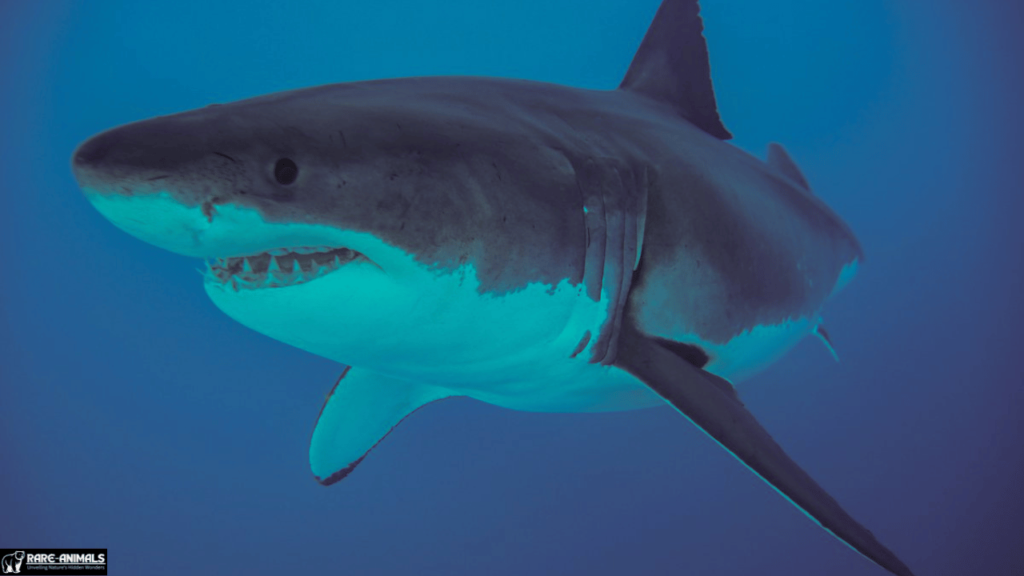
3. The Harpy Eagle (Harpia harpyja): Predator of the Canopy
- Habitat: Tropical rainforests in Central and South America.
- Diet: Monkeys, sloths, and large birds.
- Hunting Strategy: Uses powerful talons and precise flight to snatch prey.
- Role in Ecosystem: Maintains balance by controlling arboreal prey populations.
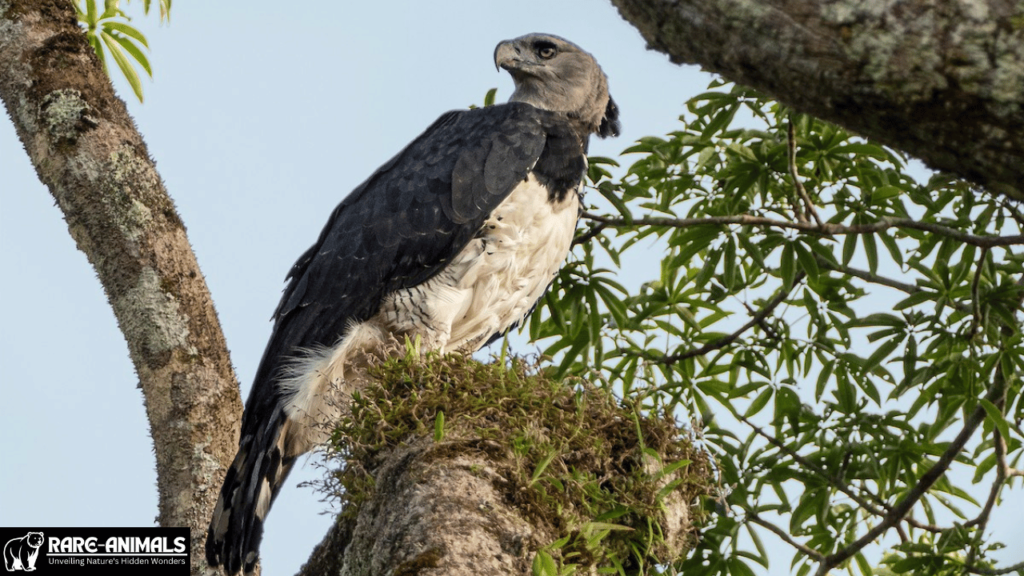
Apex Predators in Unconventional Habitats
4. The Polar Bear (Ursus maritimus): Arctic Giant
- Habitat: Arctic regions, including sea ice and coastal areas.
- Diet: Seals, walruses, and occasional whale carcasses.
- Hunting Strategy: Stealth and patience, waiting near breathing holes for seals.
- Role in Ecosystem: Critical for nutrient recycling in Arctic environments.
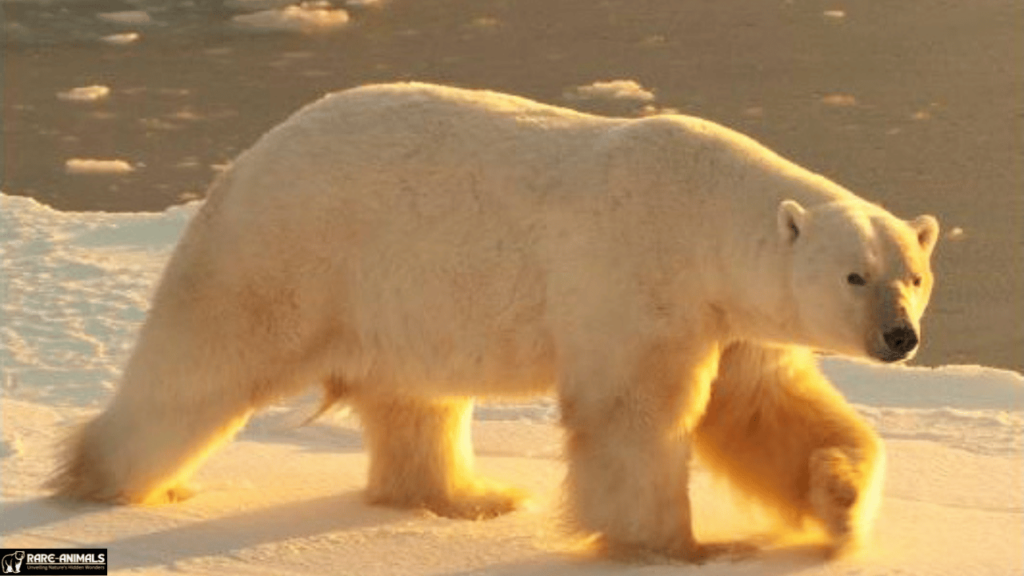
5. The Saltwater Crocodile (Crocodylus porosus): Ancient Predator
- Habitat: Coastal waters, rivers, and estuaries in Southeast Asia and Australia.
- Diet: Fish, birds, and mammals, including water buffalo.
- Hunting Strategy: Ambush predator, dragging prey into the water.
- Role in Ecosystem: Controls populations of various aquatic and terrestrial species.
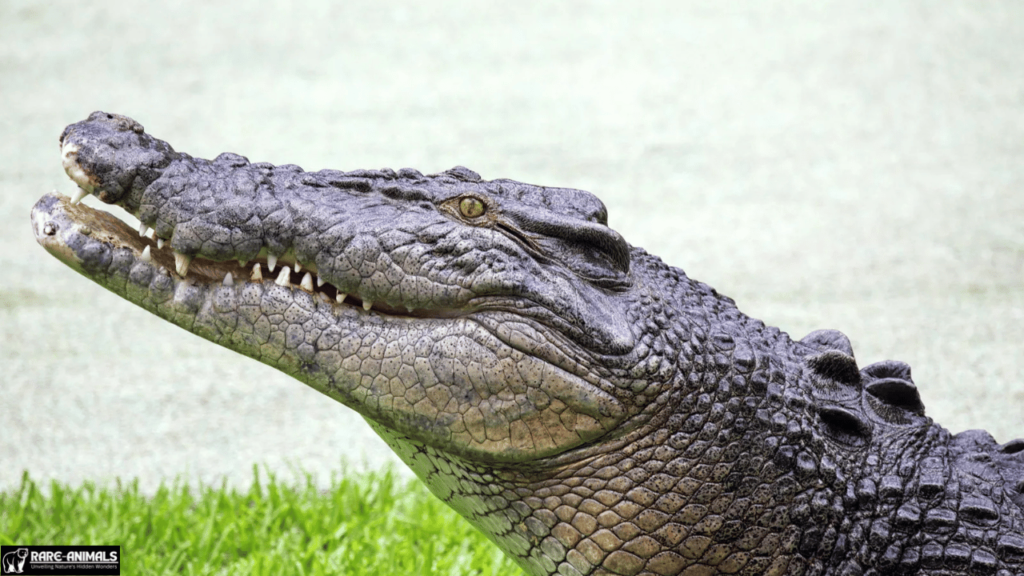
Human Impact on Apex Predators
Apex predators face numerous threats due to human activities:
- Habitat Destruction: Deforestation and urbanization disrupt hunting grounds.
- Climate Change: Alters prey availability and habitats.
- Poaching: Targeted hunting for trophies or body parts.
- Overfishing: Reduces food sources for marine predators.
Conservation Efforts
- Protected Areas: National parks and reserves provide safe habitats.
- Legislation: Laws like the Endangered Species Act combat poaching and trade.
- Community Programs: Engage local populations in wildlife conservation.
FAQs
1. What is the difference between a predator and an apex predator?
A predator hunts other animals for food, while an apex predator has no natural predators and is at the top of the food chain.
2. Are humans considered apex predators?
Humans are technically apex predators due to their ability to hunt any species. However, humans’ impact on ecosystems is far greater than natural predation.
3. Why are apex predators important for biodiversity?
They regulate prey populations, prevent overpopulation, and maintain ecological balance.
4. What happens if an apex predator is removed from an ecosystem?
The loss can cause a trophic cascade, leading to overpopulation of prey and depletion of vegetation.
5. How can I support apex predator conservation?
Support organizations focused on wildlife preservation, reduce your carbon footprint, and advocate for sustainable practices.
Conclusion
Apex predators are the guardians of their ecosystems, showcasing nature’s intricate balance and raw power. Protecting these species is vital for biodiversity and environmental health.
Join the movement to preserve these rulers of the wild for future generations. Share this article, support conservation efforts, and celebrate the marvels of the natural world!

Alveena is an experienced content writer with a knack for crafting engaging and insightful pieces. She thrives on breaking down complex ideas and presenting them as clear, captivating content that resonates with readers.

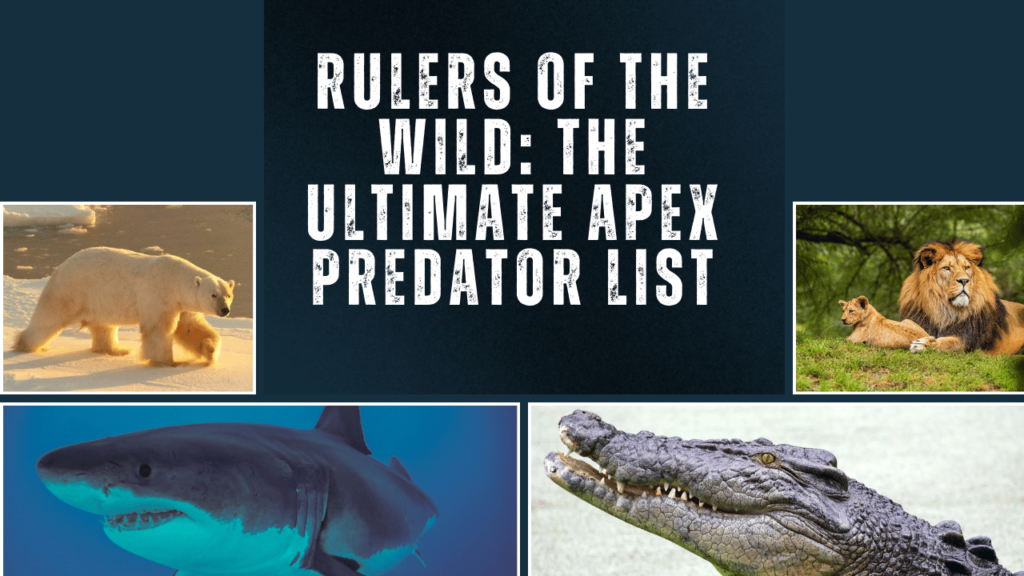






2 thoughts on “Rulers of the Wild: The Ultimate Apex Predator List”